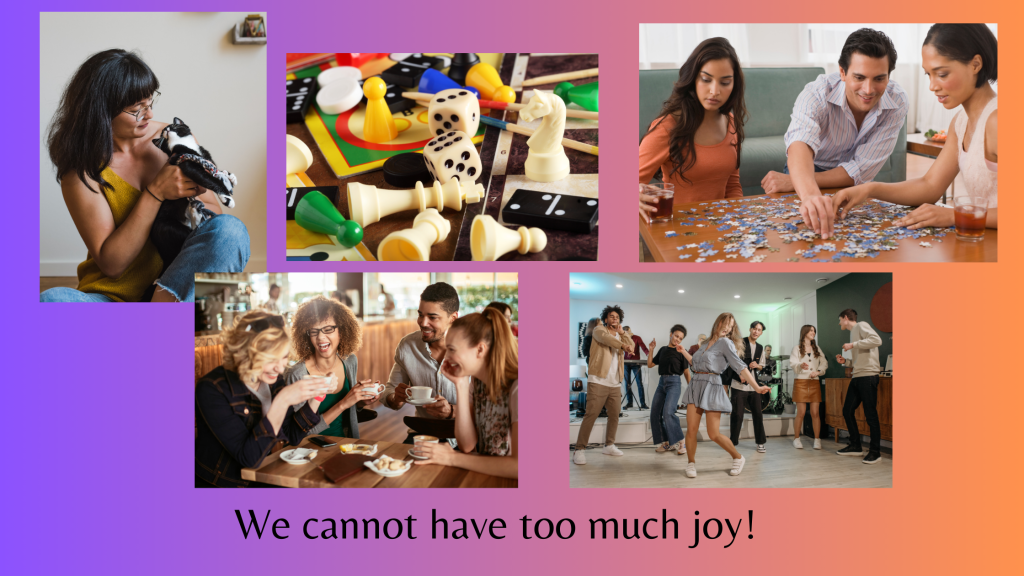
Your success is built on the strength of the relationships you have as much as it is on the programs you run and the collections you create. If we don’t know how to build relationships, we will soon be out of business. So how do we develop these relationships? You start with small talk.
Small talk is like the way plants reproduce by dropping their seeds everywhere. Most of them won’t take root, but some will. And that’s the idea. Not every short conversation will start a relationship, but some will. Sometimes, you will run into that person again, and you continue with small talk until one day you discover it’s become something bigger.
Consider every interaction as an opportunity. But use it as an opportunity to connect, not to push your message about librarians. When you have a follow up conversation, then the opening might occur. If it does, have your elevator speech ready (2-3 sentences that explain your mission for the library). Even better — have many variations depending on what would be most appropriate in the moment.
The post by Lisa A. Beach, The Art of Small Talk: How to Connect with Strangers and Acquaintances, is a helpful guide to developing your skill at purposeful small talk. Remember, all interactions are significant because no matter their length they will leave the other person with a positive or negative impression of you.
Beach recommends that you don’t divulge too many personal details too soon. Instead, you need to look and listen for clues that the other party is interested. What information have they offered? Why are they participating in this conversation? Do they appear to be welcoming the interchange? She suggests you “find the magic in the moment.” Enjoy the conversation without worrying if it will go further.
To get better at small talk, Beach offers the following techniques:
- The art of making small talk more meaningful – Get the other person to talk by asking open ended questions. Are they reading a book? Wearing a scarf or piece of jewelry you like? Have a picture on their desk of a pet or family member? All of these can be a place to start a conversation about something clearly important to them.
- Overcoming shyness in social situations – If you are uncomfortable about initiating a conversation, remember the outcome you want which is better relationships throughout your school with students, teachers, and administrators. Since small talk has low stakes, this can be a great place to gain confidence. This way when you need speak, there’s already a connection to lean on. The more you engage in these – even when you’re nervous – the better your results will be over time.
- Navigate graceful exits – Knowing how to get out of a conversation is as important as knowing how to start one. Some people have a lot of time on their hands and can talk forever. Beach has a three-step method. First, thank them for an interesting conversation, then indicate what you need to do, and close by wishing them well. For part one, identify something they shared that you appreciated. This has the added benefit of showing them you were listening. It may also give you a way to start your next conversation.
Small talk may not seem important, but these brief interactions will add up to something bigger – a relationship. As librarians, we want to be someone students, teachers, and administrators come to for our expertise. Becoming that kind of trusted resource takes time. When you start with small talk you create the opportunity for more significant conversations that lead to collaborations and new successes.



